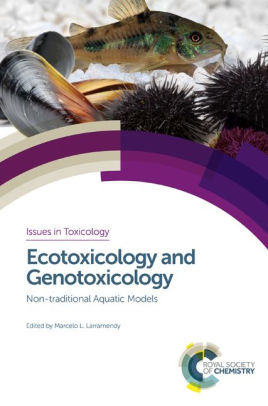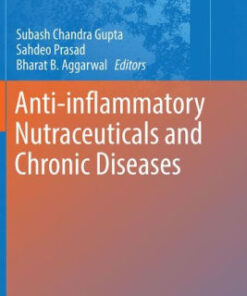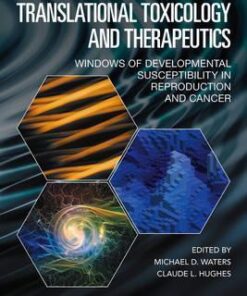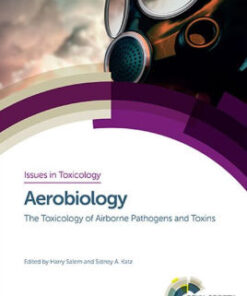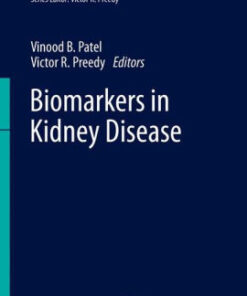(PDF) Ecotoxicology and Genotoxicology by Marcelo L Larramendy
$18.00
Download instantly Ecotoxicology and Genotoxicology – Non-traditional Aquatic Models by Marcelo L Larramendy, Roberto Rico-Martinez, Michael D Waters, Sajal Ray, Tim Marrs. It is ebook in PDF format.
ISBN-10: 1782627812 ISBN-13: 9781782627814
Preview
This is the PDF eBook version for Ecotoxicology and Genotoxicology – Non-traditional Aquatic Models by Marcelo L Larramendy, Roberto Rico-Martinez, Michael D Waters, Sajal Ray, Tim Marrs
Table of Contents
Rotifers as Models for Ecotoxicology and Genotoxicology; Prospects of Molluscan Immunomarkers in Monitoring Aquatic Toxicity – A Review; Freshwater crabs Potamonautes spp (Malacostraca, Potamonautidae) as model in nanotoxicity studies; Freshwater prawns Macrobrachium borellii and Palaemonetes argentines (Crustacea: Palaemonidae) as valid indicators of organophosphates pesticide exposure. A biochemical assessment; Application of the zebra mussel (Dreissena polymorpha) in the toxicity evaluation of emerging aquatic pollutants; The Comet assay in aquatic (eco)genotoxicology using non-conventional model organisms: relevance, constraints and prospects; The crab Ucides cordatus (Malacostraca, Decapoda, Brachyura), and other related taxa as environmental sentinels forassessments and monitoringof tropicalmangroves from South America; Adverse effects of pharmaceutical products in the marine environment: the use of non-target species to evaluate water and sediment matrices; The crayfish Cambarellus montezumae as a possible freshwater non-conventional biomonitor; Crayfish, an experimental model for examining exposure to environmental contamination; The Use of the Ten Spotted Live-Bearer Fish Cnesterodon decemmaculatus (Jenyns, 1842) (Pisces, Poeciliidae) in the Genotoxic Evaluation of Environmental Pollutants; Hypsiboas pulchellus (Anura, Hylidae) tadpoles, a novel amphibian experimental model in aquatic pollution research; Biomarkers of environmental contamination in reptile species: the effect of pesticide formulations on broad-snouted caiman Caiman latirostris (Crocodilia, Alligatoridae); Developmental stages of Rhinella arenarum (Anura, Bufonidae) in toxicity studies. AMPHITOX, a customized laboratory assay; Use of Melanin Pigmented Cells as a New Tool to Evaluate Effects of Agrochemicals and other Emerging Contaminants in Brazilian Anurans; Genotoxic and biochemical responses triggered by polycyclic aromatic hydrocarbons in freshwater and marine fish: tambaqui and seahorse as bioindicators; Blenniidae and Syngnathidae: partially unexplored reservoirs of sentinel species for environmental monitoring studies; Odontophrynus cordobae (Anura, Cycloramphidae), a suitable model for genotoxicity in environmental monitoring studies; The Use of Fish as Model Aquatic Organisms in Genotoxicity Studies; Genotoxicity in urodele amphibians Pleurodeles waltl and Ambystoma mexicanum (Lissamphibia, Caudata) exposed to freshwater pollutants: a historical view; Chemical threats to sea turtles; The use of aquatic life-stages of European amphibians in toxicological studies.
